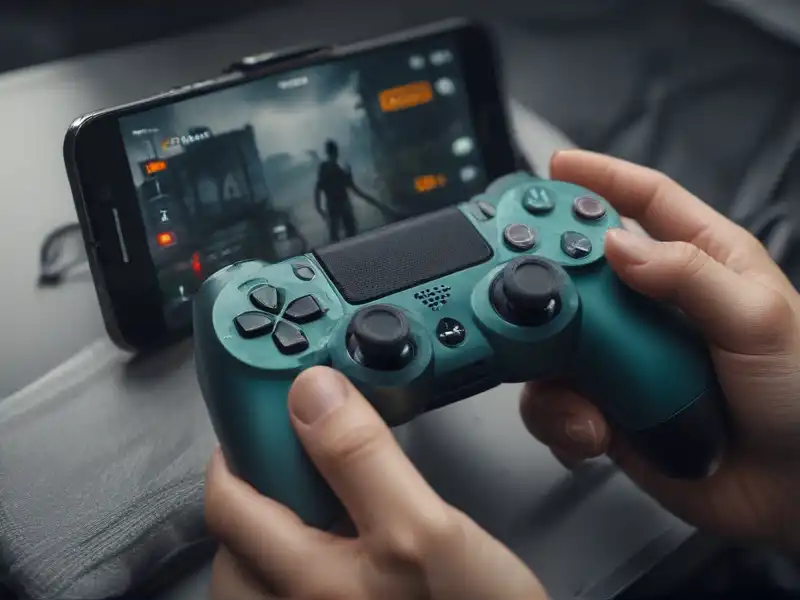Coins Made Easy: Apps for Beginner Collectors
We understand that creating a coin collection is a fascinating hobby. Due to them we can study and tell about the politics, economics and culture of their era, and for many people coins are like a link to the history of a country.
If you are just beginning to understand numismatics, technology is ready to help. Modern applications turn the complex process of identifying and valuing coins into an easy and fun activity. So here you will find the details on how to build a coin collection from scratch using the best digital tools (https://coin-identifier.com/), which specimens are suitable for beginners, and tips and tricks for a successful start.

Steps to Start a Coin Collection
Learn the Basics and Choose a Direction
The first and most important step is to decide what kind of coins you want to collect. Beginners often have the urge to collect “everything”, but it's best to determine what appeals to you about coins and focus on one category. There are several directions or ideas here: coins from a particular era (Ancient Roman coins or 20th century coins); error coins (coins with minting defects that are valuable among collectors); commemorative issues (coins issued for memorable dates); coins made of precious metals (silver, gold, platinum); thematic coins (dedicated to a certain event, date, architecture or objects).
Starting a collection is always a matter of priorities. We realize that too common coins quickly lose interest, and rare specimens are often unaffordable for a beginning collector because of their cost. So it is important to find a balance. In the table below you will find some examples of coins to start with if you are interested in American ones.
Coin | Feature | Interesting fact | Estimated Value |
Buffalo Nickel (1937) | Three legged Buffalo error | Because the postmark blank was badly obliterated, one leg of the buffalo was not minted, it looks like the buffalo only has 3 legs. | $500–1,200 (in good state) |
Wheat Penny (1943) | Made of steel | The only year the penny was not made of copper. | $20–150 |
Mercury Dime (1942) | Graceful design of Liberty in a winged helmet (her image is similar to that of the ancient god Mercury, from which the name derives) | Symbolizes freedom of thought and progress. | $10–50 |
Standing Liberty Quarter (1927) | Detailed relief | The design caused controversy because of Liberty's semi-nude figure. | $50–300 |
Morgan Dollar (1921) | American numismatic classic | One of the most popular US dollars. | $30–100 |
Use Modern Technology
A few decades ago, novice collectors had to use bulky catalogs, study books and consult with experts to determine the rarity or authenticity of a coin. Today, all this is available in a couple of clicks and all the information fits into your smartphone.
Modern applications for collectors perform several functions at once: identify coins by photo, estimate their market value, provide historical reference and even help organize your collection. Technology has made collecting accessible to everyone. That's why we suggest you refer to the list below, so that everyone can find a convenient and suitable tool for themselves.
Coin ID Scanner
This app is a universal tool all people want to quickly and accurately find out information about a coin. Just point your phone's camera at the coin and the app will instantly determine its rarity, year of issue, material and approximate market value.
Features:
Real-time identification. Using artificial intelligence, the app can recognize coins from different countries and eras.
Interactive database of over 150,000 coins. Once scanned, the user has access to historical background and maximum details: year of issue, composition, rarity and even market value of the app, while the app's blog offers articles, interesting facts and even storage recommendations.
Collection Management. Another nice plus. Now all your collection information is organized and at easy reach and always with you. No more paper records.
Pros: Easy to use even for beginners, high identification accuracy, availability of historical information and market value, built-in AI-based assistant.
Numista
Numista is not just an app, but even a whole society of coin collectors. And the resource is a right choice for people who are interested in international coins and want to expand their collection by sharing with other users.
Features:
A database of coins from around the world. The app includes descriptions, images and history of coins from over 200 countries.
Exchange System. You can create a list of coins you want to sell or exchange and find interested collectors.
Interactive catalog. Users can add their coins to the catalog and keep track of their collection.
Pros: Possibility to exchange with other collectors, suitable for learning foreign coins.
PCGS CoinFacts
PCGS CoinFacts is an application from the reputable Professional Coin Grading Service. It focuses on U.S. coins and offers detailed information about each coin (also including market prices and historical data).
Features:
Detailed descriptions. Each coin is accompanied by information on design, mintage, and rarity.
Market Prices. Up-to-date information on market prices of coins, including auction data.
Historical photos. The app provides images of coins from different years of issue to evaluate changes in design.
Pros: Wide coverage of U.S. coins, up-to-date price information.
Search Coins Wisely
Now that you've decided which coins you want to collect and armed yourself with modern identification and grading apps, it's time to start thinking about where to look for your future treasures. The search process is about luck, but also about the ability to see opportunities where others overlook them.
So, start with a home search. Check old drawers, boxes of family heirlooms, purses or piggy banks. Coins that seem ordinary at first glance can turn out to be real finds. For example, an old American steel penny from 1943 may have been sitting in your change box for decades. Use apps like Coin ID Scanner to find out right away if you have a rarity.
Then, whether or not you've found your first collectible, it's time to take it to the next level - markets and auctions. Fairs, flea markets and coin shows often hide real rarities (especially if the seller is not a professional collector). In addition, this is the place to find opportunities to discuss your hobbies with other experienced ones.
You can also search for coins on online auctions. Platforms like eBay or specialized sites like Heritage Auctions allow you to search for coins from all over the world. The right place to look for rare issues, commemoratives, and even coins with minting errors.
Store Coins Correctly
Proper storage of coins is key to preserving their value and appearance. Even the rarest find can lose its appeal (and with it its value) if stored without proper care. Let's break down how to keep your treasures safe from damage, oxidation, and loss of historical significance.
Use albums or capsules. There are special albums with transparent pockets that allow you to safely store your coins and admire them at the same time, so take care of your collection and don't neglect them.
Store your coins in a dry place as high humidity can cause corrosion, especially on copper and silver coins. You can use silica gel packets to control the humidity level in the storage area.
Do not store coins in PVC bags. Materials containing polyvinyl chloride (PVC) release chemicals over time that leave green or brown stains on coins that are almost impossible to remove without damaging them.

Secrets of a Successful Collector
Coin collecting is an involving activity that becomes a lifelong passion. Due to today's technology and apps, the process is easier and the opportunities for exploration and discovery are greater. So at a first glance all you need to do is to start with available coins, learn their history, use the right tools and build your unique collection. And who knows, maybe one day your collection will be a true riches for generations to come.





